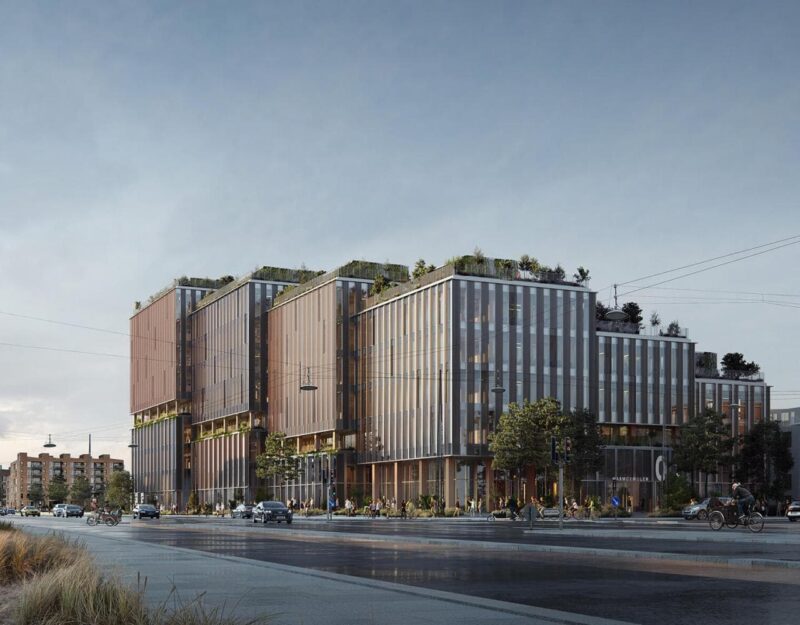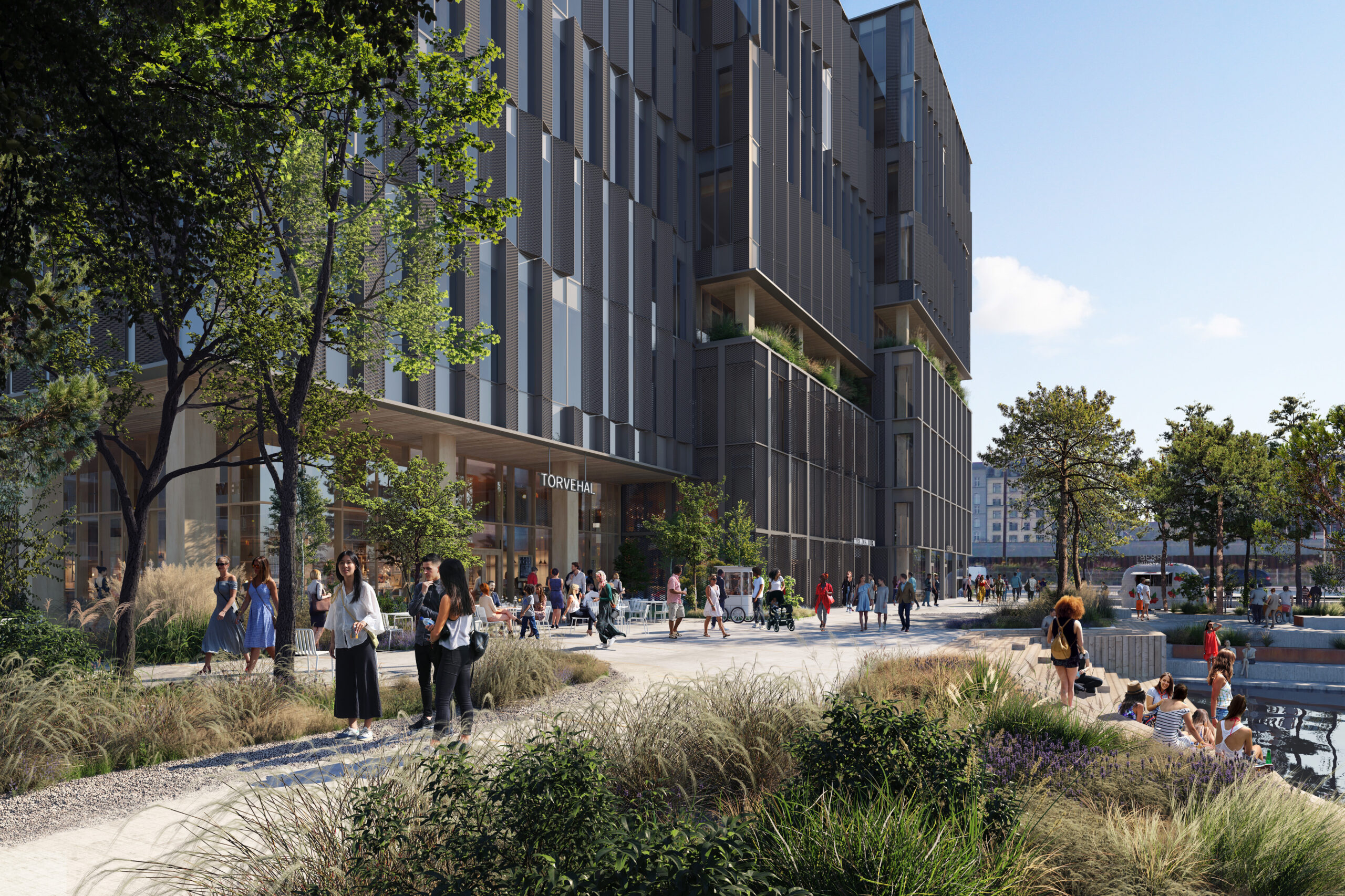Solution provider

Ramboll is a leading international architecture, engineering, and consultancy company, owned by the Ramboll Foundation.
Case
Buildings
Circular building design
Circular building materials
+6


Ramboll is a leading international architecture, engineering, and consultancy company, owned by the Ramboll Foundation.
Add the case to your visit request and let us know that you are interested in visiting Denmark
Conceiving ways to design and construct more sustainable buildings are imperative. One way to challenge old building traditions is by choosing more
sustainable building materials. In Nordhavn, Copenhagen, Ramboll and Henning Larsen Architects are working on one of Denmark’s largest timber structures to date, The Marble Pier.
At eight storeys and 36 metres tall, and covering 28,000 m2 , the Marble Pier will be one of the largest timber buildings ever constructed in Denmark and home to some of the most sustainable offices built with existing
technology.
As the case against concrete construction gains more evidence, solid timber is emerging as a leader in the list of sustainable alternatives. Timber, in stark contrast to concrete, stores embodied carbon. Thus, by swapping out the structural concrete with timber, the structure will embed tons of carbon instead of emitting tonnes.
The building’s multi-users profile, the diversity of extroverted programs and publicly accessible ground floor – outside and inside – makes Marmormolen the antithesis of a traditional and introverted domicile. With a transparent, open and inviting ground floor, Marmormolen will be a sustainable setting for a vibrant marketplace.
Inside, the ground level will hold amenities for the tenants such as a large cantina and auditorium, which will double as a public eatery and venue for theatres, flea markets etc. respectively. On upper levels, workplaces enjoy
views of uninterrupted skies, the sea and the skyline of Copenhagen. In the centre there is access to a large courtyard with greenery and good exposure to sunlight. In other words, the building project also gives back to the environment surrounding it, adding to its socialsustainability.

Construction of the Marble Pier began in 2021 and is expected to be completed by 2024. The building will save 9,500 tonnes of carbon emissions, as compared with a similar building made of concrete. Of
that, 3,000 tonnes are avoided emissions by using timberinstead of concrete, and 6,500 tonnes emissions are sequestered by the timber.
The Marble Pier is expected to receive the highest possible sustainability accreditations for buildings, namely, LEED, DGNB Platinum and Diamond; and the well being certification WELL Platinum.
The 36 metre wooden building intends to be a prototype for future timber structures, inspiring awareness that it is possible to make more sustainable design and construction choices.